10 Impressive Composting Statistics in Canada: 2025 Update
-
Melissa Gunter
- Last updated:

Note: This article’s statistics come from third-party sources and do not represent the opinions of this website.
Composting is one of the easiest and greatest things we can do for the planet. Yes, it takes a bit of research to learn what organic waste materials work in a compost pile, but that doesn’t mean it is difficult. You will also find that curbside organic waste management is growing around the world. This is especially true for Canada. The Canadian government, and its people, are working diligently to properly process their organic waste using composting. This hard work is paying off. Let us take a look at a few statistics that show us how Canada is doing when it comes to composting and how the country is moving forward.
Click below to jump ahead:
- The Rise of Better Waste Management in Canada
- Composting Facilities in Canada
- Household Composting
- The Overall Composting Goal
The 10 Composting Statistics in Canada
- Between 2002 and 2018, the amount of Canadian solid waste increased by 16%.
- Statistics from 2018 show that 72% of Canada’s waste was sent out for disposal while 28% of solid waste was diverted using other sources.
- The solid waste diverted in Canada in 2018 shows an increase of 48% from 2002.
- In 2019, 72% of organic waste produced in Canada was processed by composting facilities.
- 91% of the Canadian people live in areas that provide organic waste management programs and composting facilities.
- The EREF found that Canada’s 387 organic waste facilities can process up to 5.74 million tonnes of waste.
- 76% of Canadian households report they composted kitchen or yard waste during 2019.
- 79% of Canadian homes with a garden reportedly composted their garden waste in 2019.
- Of the yard waste composted in 2019, 26% was done at home using a compost bin or pile.
- The Canadian government’s goal is to reduce the country’s overall organic waste by 30% before 2030.

The Rise of Better Waste Management in Canada
1. Between 2002 and 2018, the amount of Canadian solid waste increased by 16%.
(Environment and Climate Change Canada)
Between the years 2002 and 2018, the amount of solid waste created by people in Canada increased by 16%. This is an increase of 4.8 million tonnes, leaving a total of 35.6 million tonnes of waste being produced yearly.
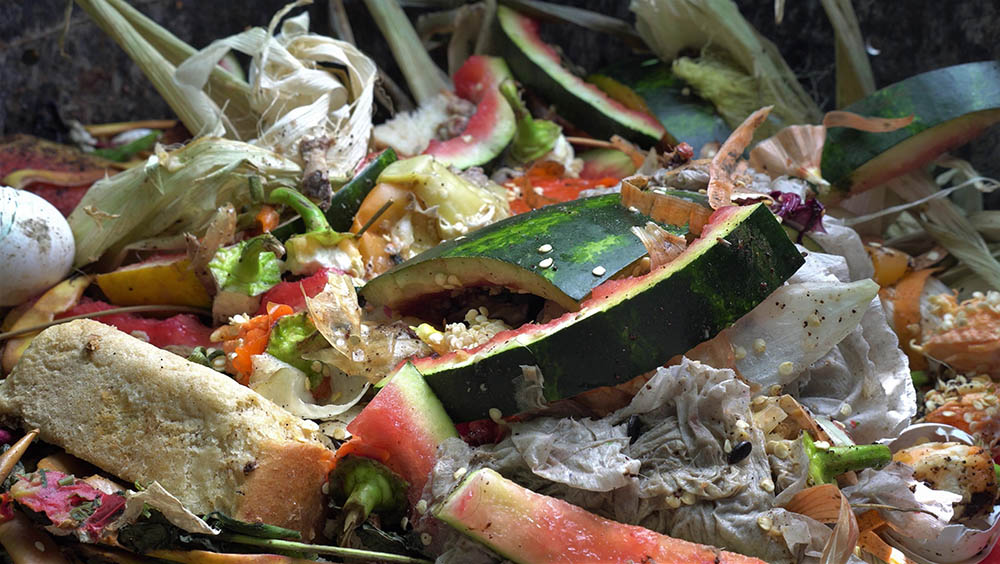
2. Statistics from 2018 show that 72% of Canada’s waste was sent out for disposal while 28% of solid waste was diverted using other sources.
(Environment and Climate Change Canada)
In a report from Environment and Climate Change Canada regarding a study conducted between 2002 and 2018, it is shown that in 2018, Canadians were using composting, recycling, and other means to divert up to 28% of their solid waste. The other 72%, unfortunately, found its way to landfills to be dealt with.
3. The solid waste diverted in Canada in 2018 shows an increase of 48% from 2002.
(Environment and Climate Change Canada)
The Environment and Climate Change division of the Canadian government cited a strong increase of 48% when it came to Canadians diverting waste from landfills between 2002 and 2018. In 2018, the number of diverted waste materials reached 9.8 million tonnes.
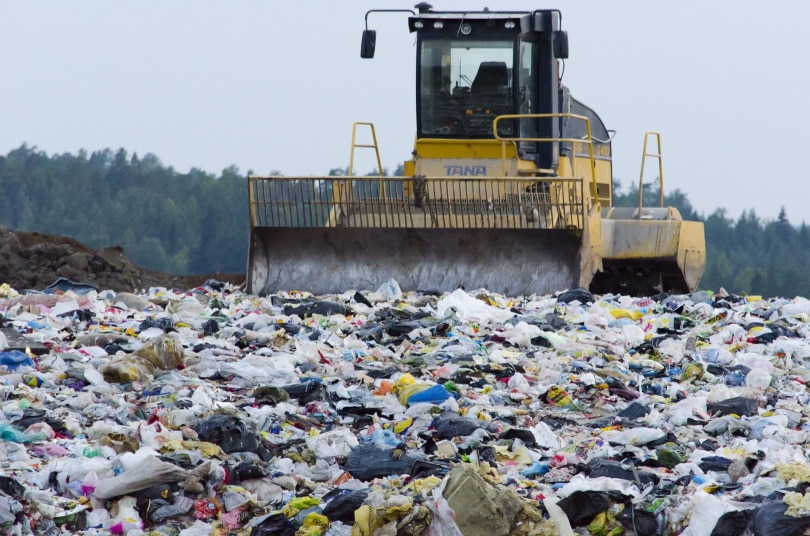
Composting Facilities in Canada
4. In 2019, 72% of organic waste produced in Canada was processed by composting facilities.
(EREF-Canada)
EREF-Canada found in a 2019 study that 72% of the organic waste produced throughout most of Canada’s provinces was managed by composting facilities. This left facilities processing upwards of 10,611 tonnes of compostable waste.
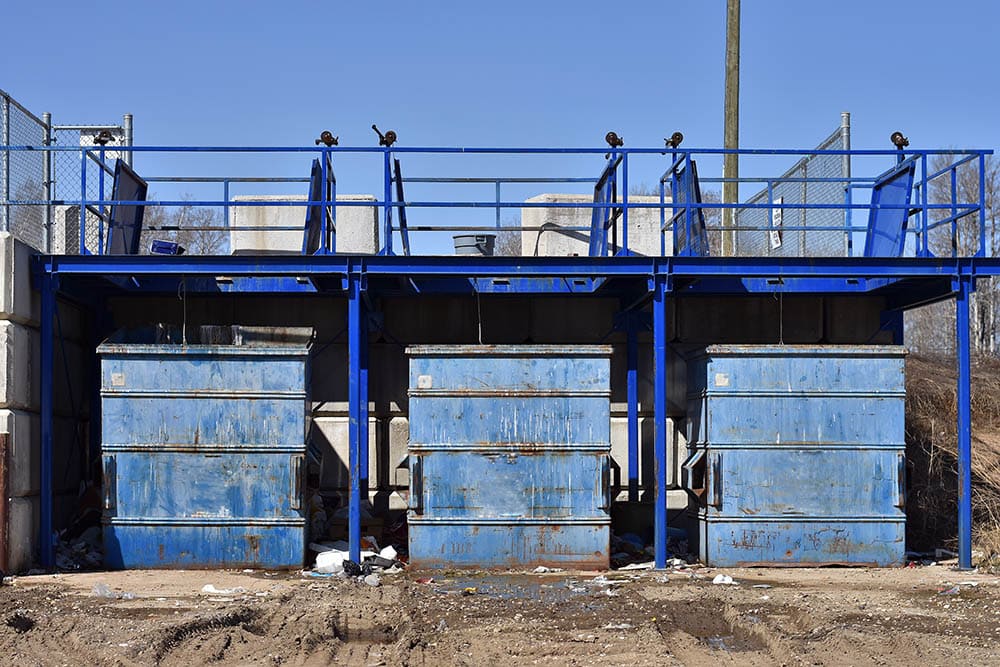
5. 91% of the Canadian people live in areas that provide organic waste management programs and composting facilities.
(EREF-Canada)
Local Canadian governments are attempting to reduce Canada’s carbon footprint by providing curbside and other waste management opportunities. 91% of Canadians live in areas where these organic waste management programs and composting facilities are available.
6. The EREF found that Canada’s 387 organic waste facilities can process up to 5.74 million tonnes of waste.
(EREF-Canada)
The study conducted by the EREF found that Canada’s 387 organic waste facilities have a processing capacity of 5.74 million tonnes. Most facilities find themselves processing 50,000 to 150,000 tonnes of organic waste annually.
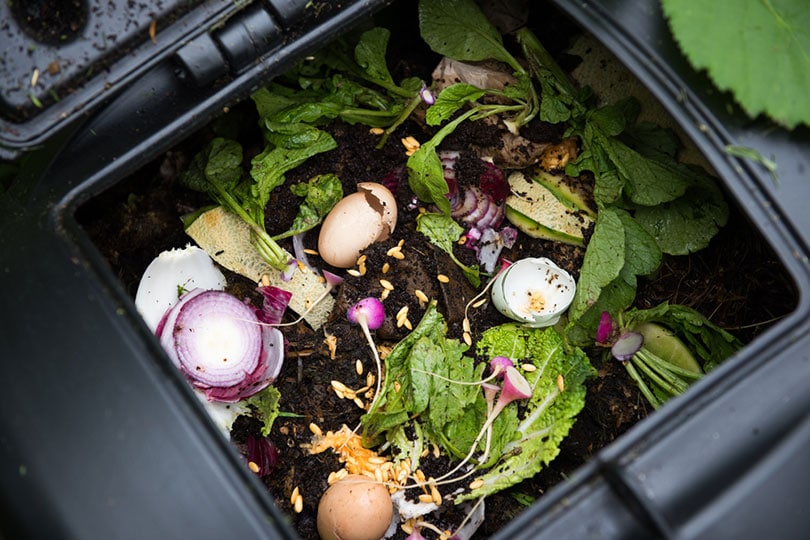
Household Composting
7. 76% of Canadian households report they composted kitchen or yard waste during 2019.
(Statistics Canada)
Canadian people are doing their part. In 2019, 76% of households reported they had composted kitchen or yard waste. This is up by 61% from numbers reported in 2009. Roughly ¾ of this household and yard waste was collected by private or city-ran companies.
8. 79% of Canadian homes with a garden reportedly composted their garden waste in 2019.
(Statistics Canada)
Gardeners and lawn enthusiasts have stepped up when it comes to managing organic yard waste in Canada. 79% of households with a garden reported they composted materials in 2019 which is equal to about 4 in 5 homes.
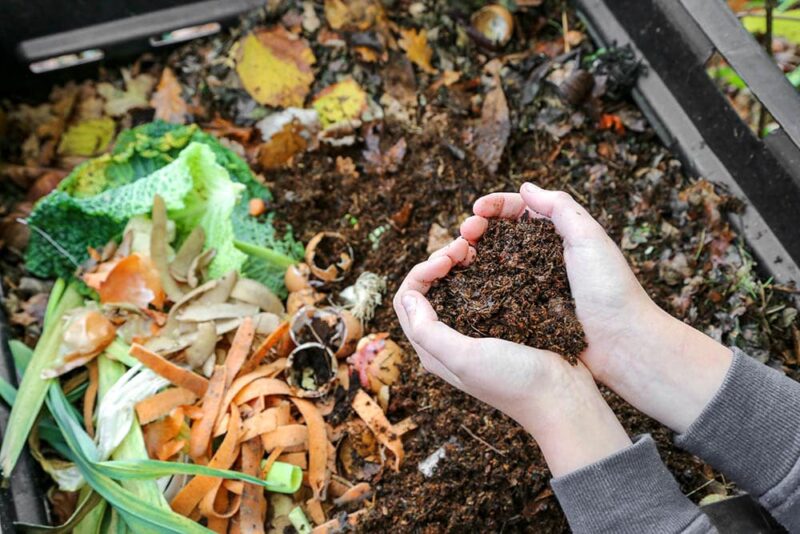
9. Of the yard waste composted in 2019, 26% was done at home using a compost bin or pile.
(Statistics Canada)
While many Canadians are making use of composting and organic waste management facilities, others are doing the job themselves. 26% of yard waste composted in 2019 was done in the backyard.
The Overall Composting Goal
10. The Canadian government’s goal is to reduce the country’s overall organic waste by 30% before 2030.
(Biocycle.net)
By providing the Canadian people with adequate organic waste management facilities and education, the Canadian government hopes to reduce the country’s overall organic waste by 30% before 2030 with many provinces having more aggressive goals in mind.
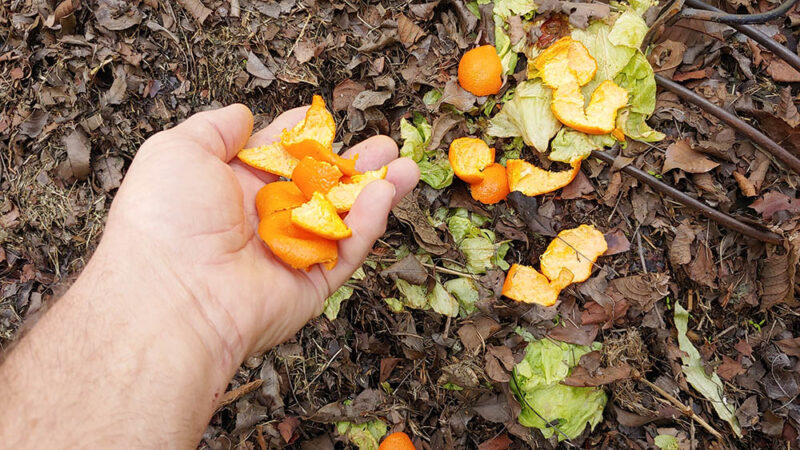
Frequently Asked Questions About Composting
How does composting fight climate change?
When compostable materials make their way to the local landfills, methane is created. Methane is a greenhouse gas that can be more damaging to our atmosphere than carbon dioxide. The release of this gas from food waste is damaging to the environment and the climate. Properly composting food waste can lessen the emissions of methane.
Is food waste the only thing you can compost?
No, there are lots of things you can compost. Lawn and garden waste, coffee grounds, newspapers, wood ash, and even cardboard can all be composted.
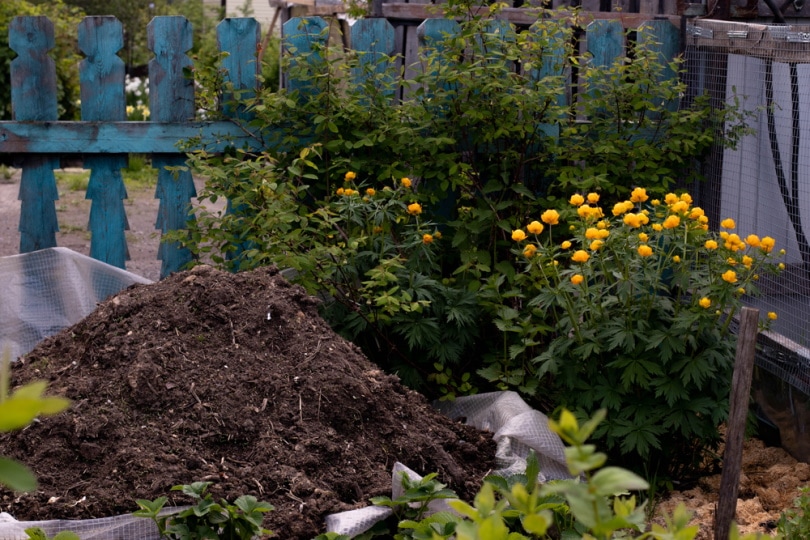
How do I compost at home?
Many people choose to create a compost pile in their backyard. When doing this, it is best to practice active composting to avoid longer composting times. Turn your compost pile often, and remember it needs a mixture of carbon, nitrogen, air, and water.
Another way to compost at home is with a compost bin inside your home. If you choose this method, it’s important to understand what can be composted. A compost bin shouldn’t smell. By knowing what to put inside you can avoid this issue. You can also buy an electric composter that can break down waste in a matter of hours.
How long does composting take?
When composting at home, you may find that it can take months to even years before materials are broken down enough to use. The key, as we just mentioned, is to be proactive with your compost. Turn your piles and add both green and brown materials to help the process along.
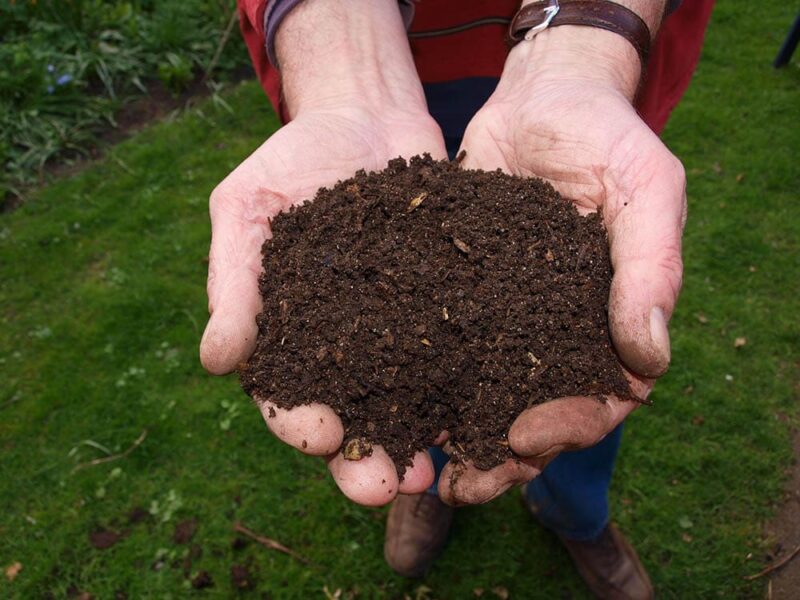
What can compost be used for?
Compost is great for the soil. By using it as mulch, adding it to your potting soil, or even spreading it across your lawn you can boost the organisms in your soil. This will help your soil retain water and your plants flourish.
Conclusion
As you can see, the drive to control how organic waste in Canada is processed is a main topic of discussion in the country. The availability of composting, the dedication of the government, and the drive of the Canadian people are helping push the country into the future where their carbon footprint will be less. This list of statistics is a great way of seeing the progress that is being made in Canada as part of a cleaner, greener outlook for us all.
See Also:
- Environment and Climate Change Canada
- Environment and Climate Change Canada
- Environment and Climate Change Canada
- Environmental Research and Education Foundation
- Environmental Research and Education Foundation
- Environmental Research and Education Foundation
- Statistics Canada
- Statistics Canada
- Statistics Canada
- net
Featured Image Credit: Gustavo Fring, Pexels
Contents
